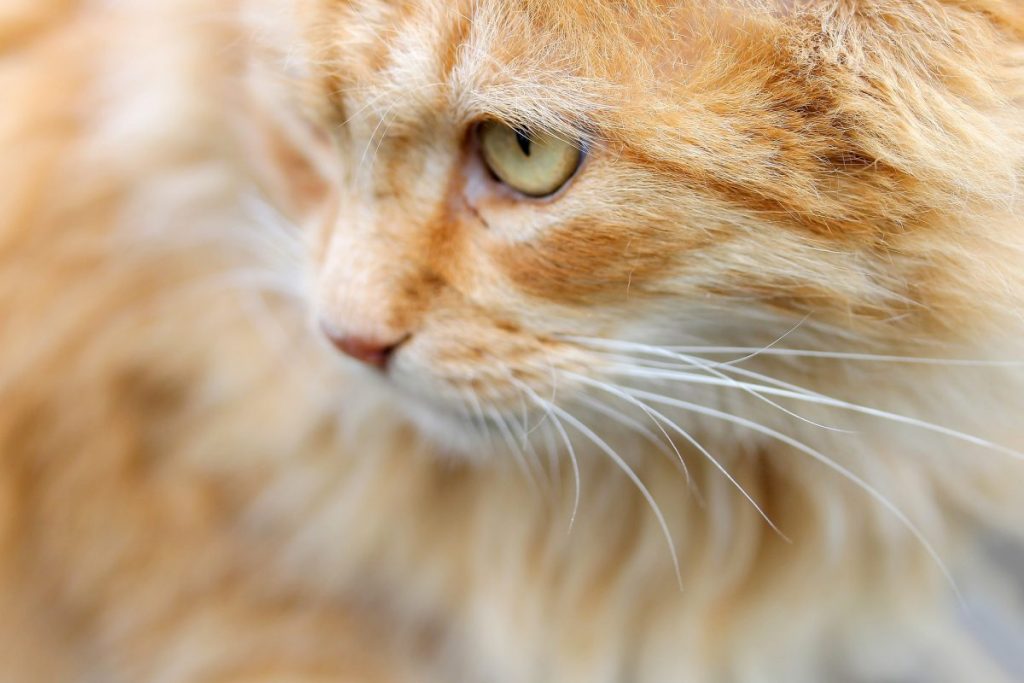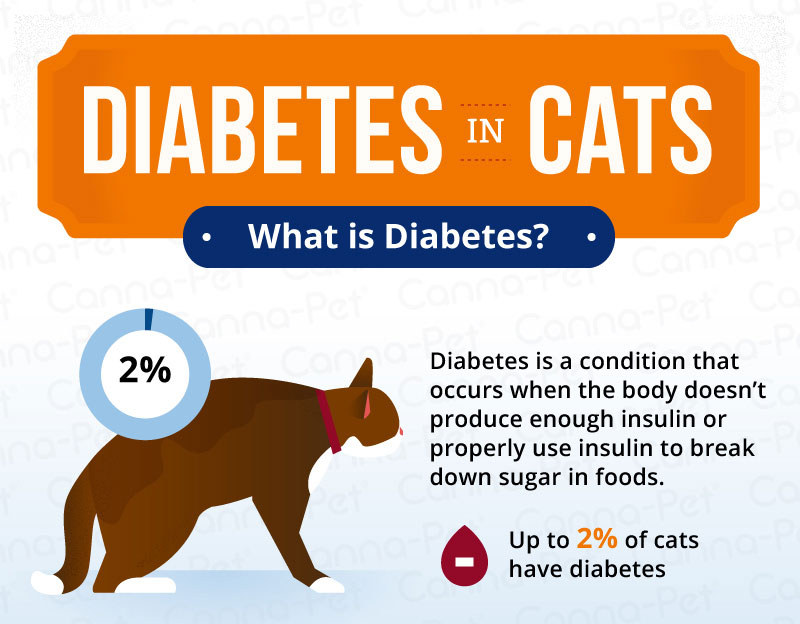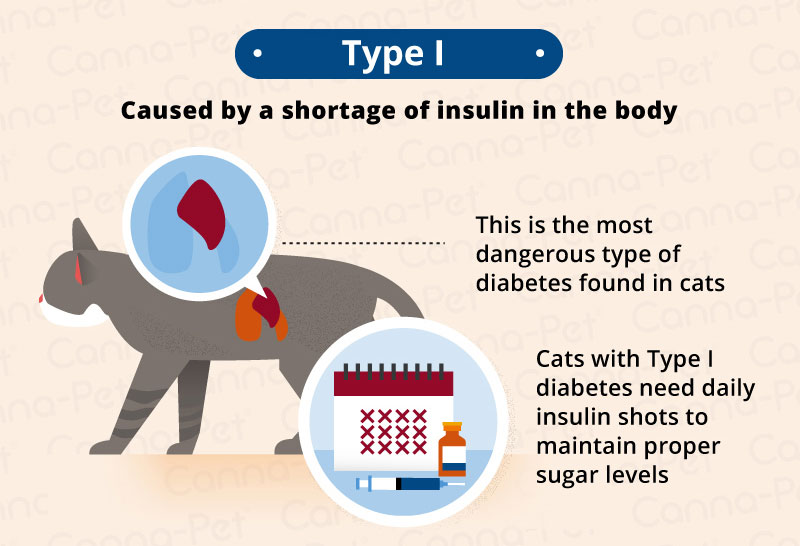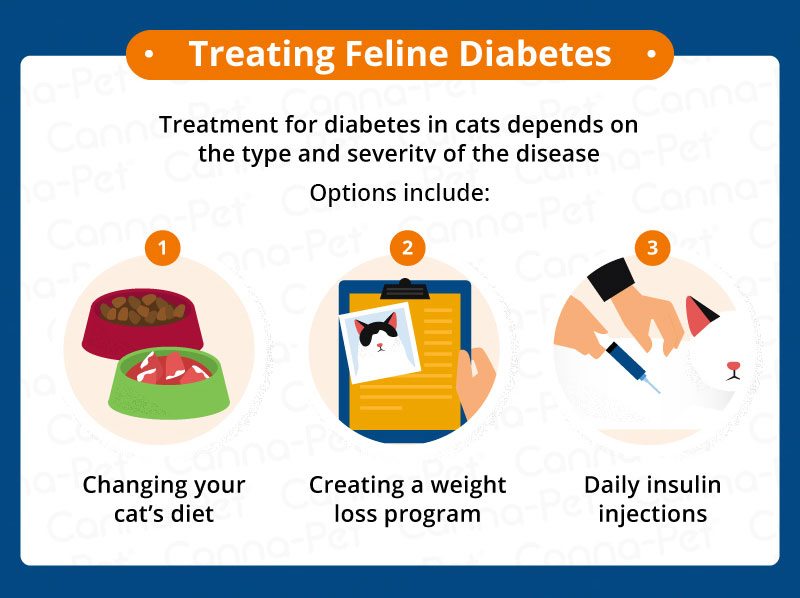A number of diseases that we associate with humans are also found in our furry friends. Diabetes is one of these, and though the actual number of felines with diabetes isn’t known, it’s estimated that up to 2% of cats have it.
What is Diabetes?
Diabetes is a condition that occurs when the body doesn’t produce enough or properly use insulin to break down sugar found in food. The pancreas plays a role in producing insulin and maintaining blood glucose levels. When the pancreas fails to balance these hormones, a cat may be suspect to complications like diabetes. Just as in humans, there are two types of diabetes in cats:
- Type I (diabetes mellitus): A shortage of insulin in the body.
- Type II: The cells are not using insulin properly, causing insulin resistance.
Type I Diabetes – or diabetes mellitus in cats – is the most dangerous, and a cat with this type of diabetes needs daily insulin shots in order to maintain proper blood glucose levels. This is usually a genetic predisposition, and some breeds are more prone to it than others. Other risk factors include age and gender – middle aged cats or older and neutered males.
A cat with Type II Diabetes produces enough insulin, but the cells are not using it properly. Glucose levels are high in cats with Type II Diabetes because cells in the body do not respond appropriately to insulin. In this case, your cat may not require insulin when diagnosed, but eventually will need injections. Obesity is the main cause of this type of diabetes, so be sure your indoor cat eats a well-balanced diet and gets plenty of exercise.
Feline Diabetes Symptoms
If diabetes is not severe, it may take a while for symptoms to appear. Type II Diabetes is the most common for indoor cats who eat frequently but don’t get as much exercise.
The following symptoms are typical in diabetic cats:
- Obesity
- Excessive urination
- Constant thirst
- Poor appetite
- Weight loss
- Dandruff and oily coat
- Weak hind legs
- Jaundice
- Lethargic
- Ketoacidosis
- Depression
- Vomiting
Not all of these symptoms need to be present in order for a cat to be diagnosed with diabetes, but these are the most noticeable.
Diagnosing Feline Diabetes
A veterinarian will evaluate a cat’s medical history and symptoms to determine if diabetes may be the cause of their health issues. Then, a lab test to detect sugar in the urine will show the vet if your cat does have the disease. Once a diagnosis is made, treatments start right away.
Treating Feline Diabetes
When your cat has diabetes, treatment depends largely on the type and severity of the disease. Treatment options for your diabetic cat include:
Change in Diet
A cat with Type II Diabetes may not need medicine right away. Because diet is the main cause of the obesity that creates insulin resistance, your veterinarian will work with you to create and maintain a weight loss program for your cat. The goal is to lose fat gradually, as even a small difference in body weight can improve insulin resistance.
Some cats will be put on a diet high in fiber and complex carbohydrates, while others will maintain a low-carbohydrate diet in order to achieve a healthy weight. High fiber is believed to help regulate blood glucose levels.
Oral Medication
Some cats will also need an oral medication to help with insulin resistance. Glipizide is most commonly used in cats with diabetes. Check your cat’s blood sugar levels frequently to be sure the medicine is working. This route can be very inconvenient, and owners may opt for injections instead to make medicating for manageable.
Insulin Injections
Many diabetic cats require twice-daily injections of insulin. These insulin injections are not painful to your cat, and they may not even notice when you give them. Dosage varies based on the size of your cat and their condition. Your vet will prescribe the proper amount, as well as teach you how to administer them.
All cats with diabetes will eventually require injections, and the amount and timing may also change as the disease progresses. Your vet will be able to help you look for signs that their insulin therapy needs to be adjusted.
Monitoring Your Diabetic Cat
There is no cure for diabetes in cats, so constant monitoring is necessary to ensure your cat stays happy and healthy.
Be vigilant and stay aware of your cat’s diet, weight, water intake, and urination habits. Feed your cat a consistent amount of food every day and at the same time. This makes it easy to notice if your cat is not eating as much or is hungrier than usual. Some pet owners may want to monitor blood sugar levels at home. Ask your vet if home testing is right for you.
Even though there’s no cure for feline diabetes, it doesn’t mean a death sentence for your kitty. Stay aware of any changes in your cat’s habits and report any new or worsening symptoms to your vet right away.











